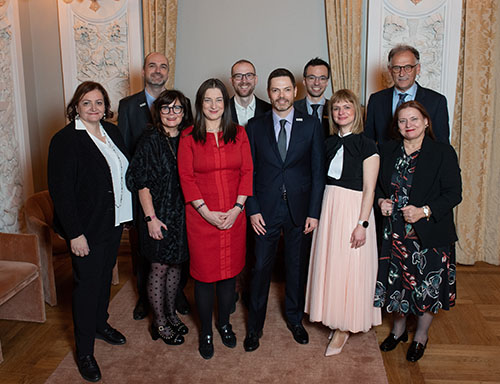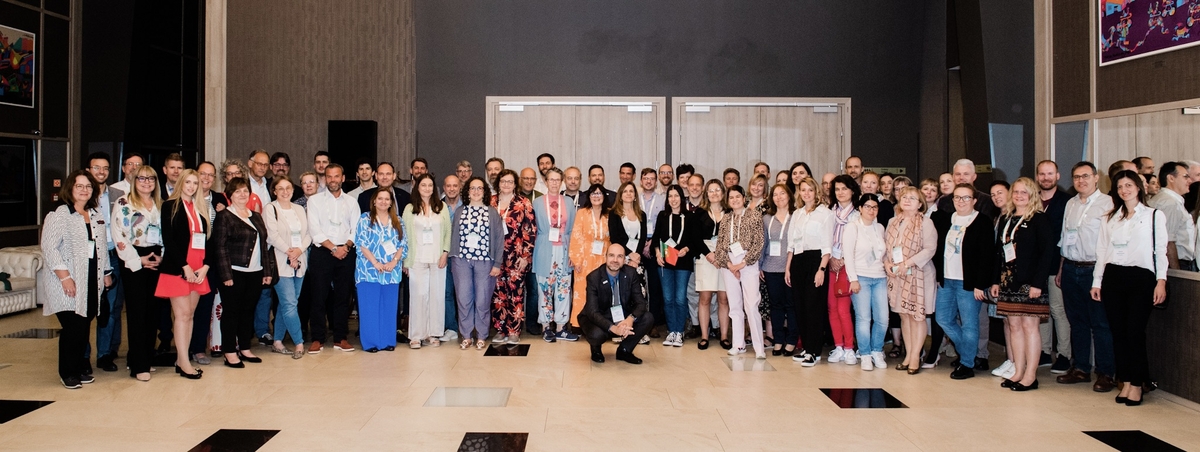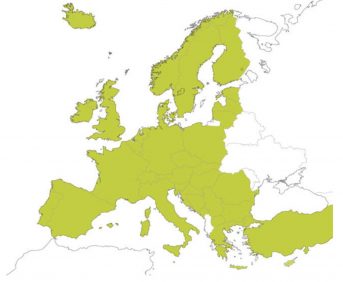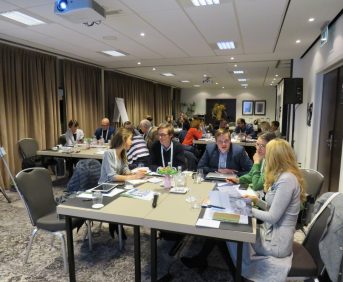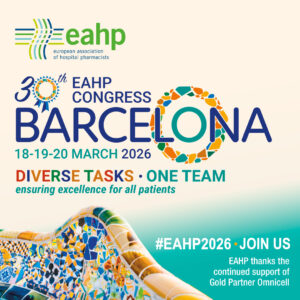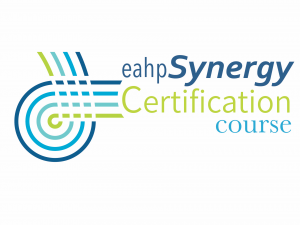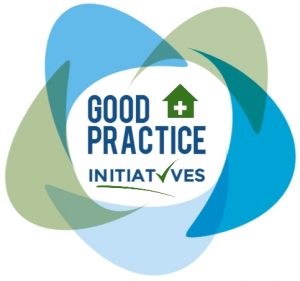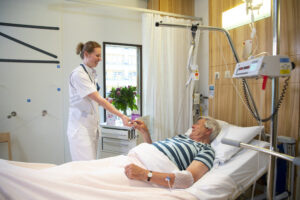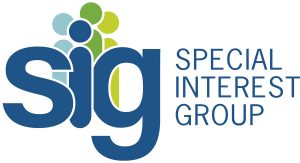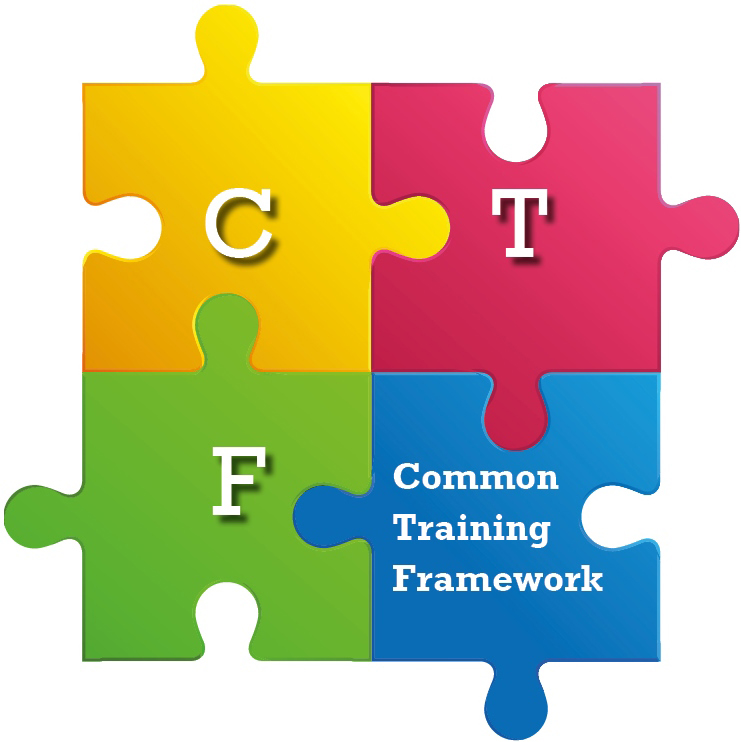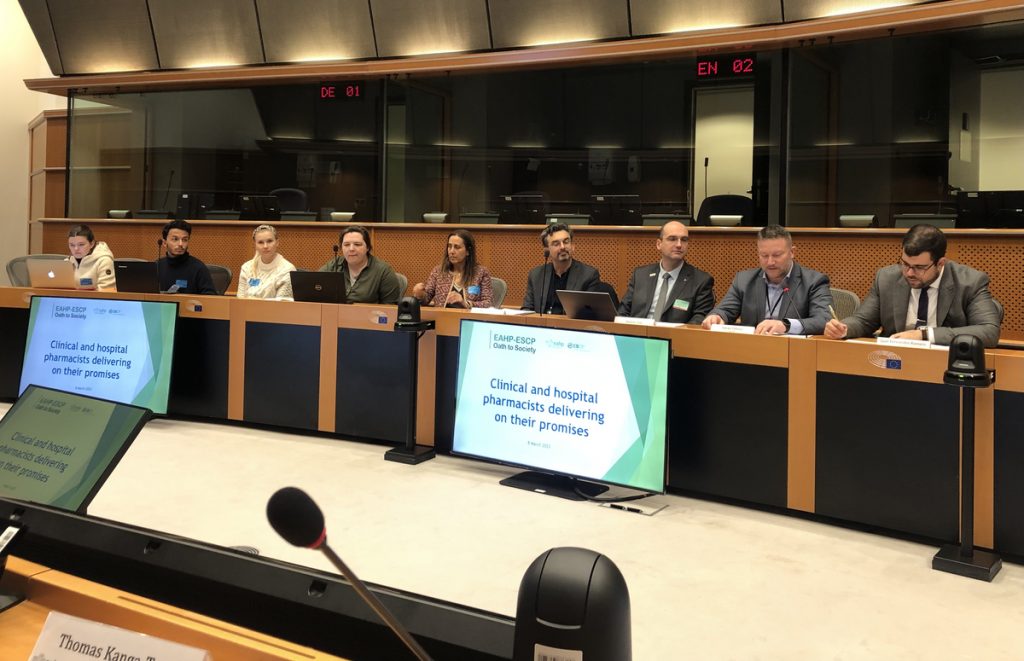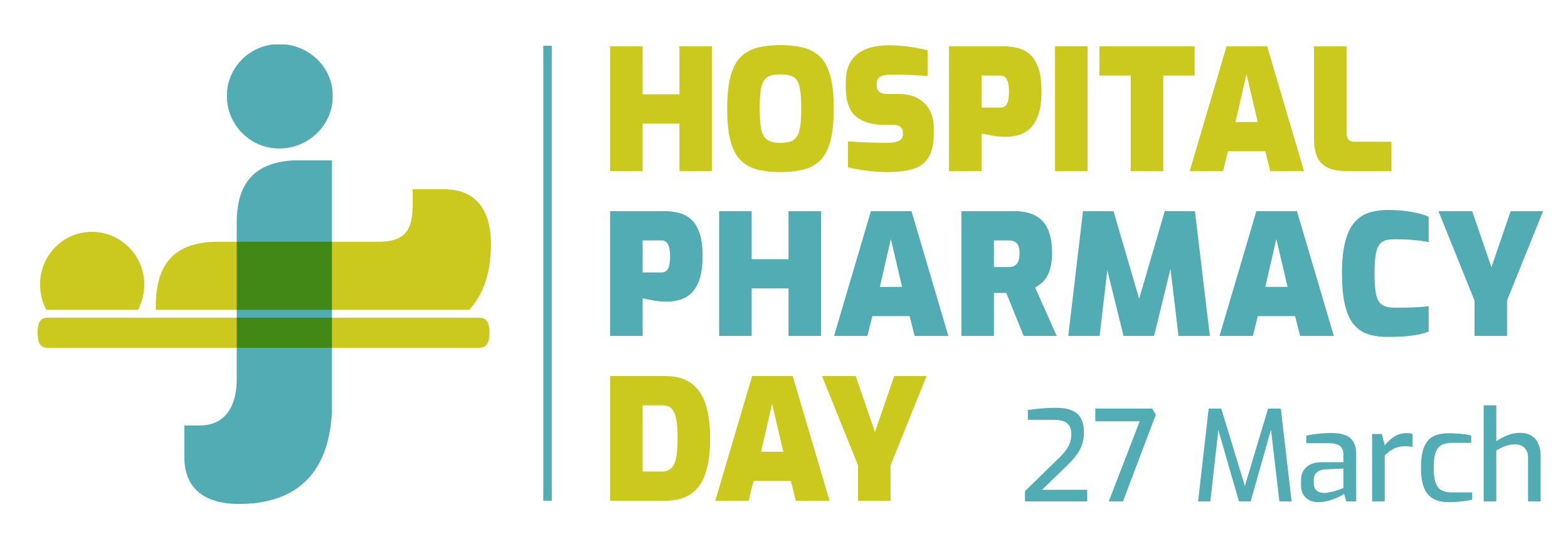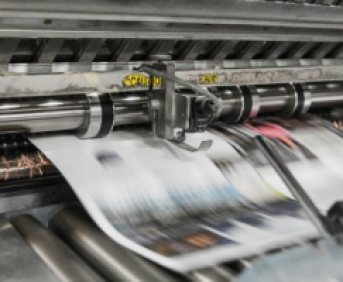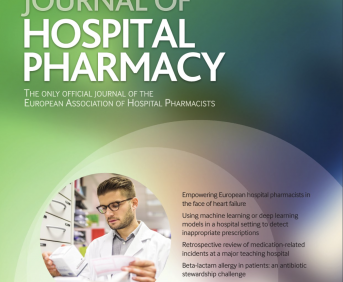Link to EAHP Statements
- Section 1 – Introductory Statements and Governance: Statements – 1.7
- Section 2 – Selection, Procurement and Distribution: Statements – 2.6
- Section 5 – Patient Safety and Quality Assurance: Statements – 5.5, 5.7, 5.10, 5.11
Abstract
Hospital pharmacists currently deal with a lot of disconnected and manual systems when managing medication. Even those with a digitised prescribing administration process often rely on human intervention to manage elements of the dispensing process that sit at the centre of the medication management process. Thus, the questions are if this could lead to difficulty in tracking medication inventory and/or an increased risk to manual back office and administration tasks?
Europe has no uniform standard of care approach for managing all aspects of medication within the hospital setting. While some countries are further ahead than others, there are no consistent guidelines or ways to share best practice. Thus, the European Association for Hospital Pharmacists (EAHP) decided to set up a Special Interest Group (SIG) to further investigate the benefits of automation medication management. A survey was conducted and published in October 2023.
This SIG session will present the European Autonomous Pharmacy Framework. This framework presents a path for pharmacy services to understand the different stages and will provide an insight on the 4 categories included in the framework: Automation, Continuous of Care, Human Allocation and Project Management.
Each one of the components have different sub-components with levels going from 1 to 5, showing the different processes of the autonomous framework. The session will also present the methodology followed by the SIG on Automated Medication Management. This framework was prepared by the SIG with the support of the results of the Survey conducted by the SIG in 2022 and with the support of the different working groups and was inspired by the US model.
The SIG has also prepared a detailed spreadsheet allowing individual hospitals to assess and identify at which level they are within the autonomous framework. The spreadsheet will be presented to participants of the session with a set of recommendations on how to use the spreadsheet within their hospital pharmacies.
Learning objectives:
After the session, the participants should be able to:
- Gain an overview of the work done by the SIG on automated medication management
- Understand the different categories included in the European Autonomous Pharmacy Framework, including the different subcategories
- Gain an overview of the use of the spreadsheet created by the SIG
- Identify and understand how to locate your hospital within the framework (what is the level of implementation for the different categories)
Educational need addressed.
What was the work done by the SIG on Autonomous medication management? What is the reason for an Autonomous European Framework? How can you identify where your hospital is within the framework? What is the use of the spreadsheet prepared by the SIG?
Keywords
Automation, framework, medication management, continuous of care, project management, Human allocation, Special Interest Group
